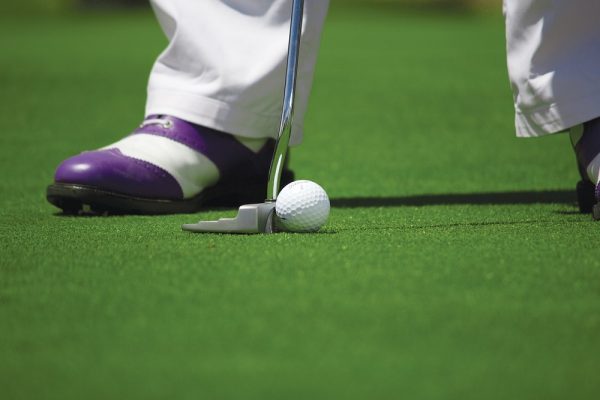Stages of Artificial Turf Development
The evolution of artificial turf has undergone distinct stages, driven by technological advancements and growing demand for durable, low-maintenance alternatives to natural grass.
First Generation (1960s–1970s): The earliest artificial turf emerged in the 1960s, pioneered by companies like Chemstrand. Known as “short pile” turf, it featured nylon fibers tufted into a rubber or plastic backing. These initial products were stiff and lacked cushioning, primarily used in sports stadiums like the Houston Astrodome. While revolutionary, they had limitations: poor drainage, high heat retention, and increased injury risks for athletes due to the hard surface.
Second Generation (1980s–1990s): This era saw significant improvements with the shift to polypropylene and polyethylene fibers. Manufacturers introduced longer piles and added infill materials like sand to enhance stability and reduce surface hardness. The fibers became softer and more grass-like in appearance. Drainage systems were upgraded, addressing waterlogging issues. These changes made artificial turf more versatile, expanding its use to residential landscapes and recreational areas, though durability in heavy-traffic zones remained a challenge.
Third Generation (2000s–2010s): Technological leaps marked this stage, focusing on performance and safety. “Sand-rubber infill” systems became standard, combining sand for stability and rubber granules for shock absorption. Fibers were engineered with textured surfaces to mimic natural grass blades, improving traction and reducing glare. UV resistance was enhanced to prevent fading, extending lifespans to 8–10 years. This generation gained widespread acceptance in sports, with FIFA approving artificial turf for professional matches.
Fourth Generation (2010s–Present): Modern artificial turf emphasizes sustainability and realism. Eco-friendly materials, including recycled rubber infill and plant-based fibers, are increasingly used. Advanced manufacturing techniques create multi-colored fibers with varying lengths, achieving a natural, lush appearance. Antimicrobial treatments and improved drainage prevent mold growth. Smart turf options with temperature-regulating technology reduce heat absorption. Today’s products offer 10–15 year lifespans, catering to diverse needs from sports fields to rooftop gardens.
At www.hillsmat.com, we leverage the latest advancements in artificial turf technology to deliver high-quality, durable solutions for every application.


